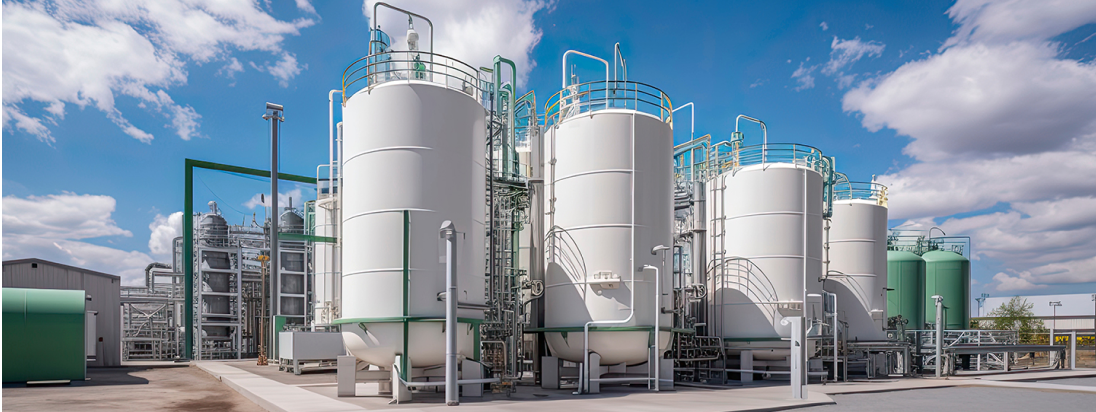
Green Hydrogen: Transforming Energy Systems for a Sustainable Future
Green hydrogen has emerged as a promising solution in the pursuit of sustainable energy systems, as it is produced using renewable energy sources such as hydroelectric, solar, or wind power. Through the process of electrolysis, clean electricity is employed to separate water into oxygen and hydrogen. The resulting hydrogen can be stored, transported, and utilized in various ways. Its versatility enables direct use in industrial processes, blending with other elements to create synthetic fuels, or combining with oxygen in hydrogen fuel cell vehicles to generate electricity.
One of the primary advantages of green hydrogen is its potential to significantly reduce pollution and greenhouse gas emissions. Unlike traditional methods of hydrogen production, which depend on fossil fuels and contribute to carbon emissions, green hydrogen is generated using renewable energy sources. Consequently, the production process itself does not emit greenhouse gases, making it an environmentally friendly alternative.
In many regions, including Latin America, the transportation and power generation sectors are major contributors to greenhouse gas emissions. According to data from the Inter-American Development Bank, transportation alone accounts for 40% of CO2 emissions in the region, while the electricity and energy sector is responsible for 36% of emissions.
Green hydrogen offers a promising solution to address these emissions. By replacing fossil fuels with hydrogen as a fuel source in transportation, harmful emissions can be significantly reduced. Hydrogen fuel cell vehicles produce zero emissions, emitting only water vapor as a byproduct. This transition can contribute to mitigating the pollution and environmental impact caused by conventional vehicles.
Moreover, in the power generation sector, green hydrogen can be utilized as a clean energy source. By integrating hydrogen into power plants, it can be used to generate electricity, particularly when combined with oxygen in fuel cells. This process ensures a clean and efficient energy conversion with minimal environmental impact. The utilization of green hydrogen in power generation can help decrease reliance on fossil fuels and promote the use of renewable energy sources.

Green hydrogen possesses immense potential in transforming energy systems and reducing greenhouse gas emissions. Its production using renewable energy sources renders it a sustainable alternative to conventional hydrogen production methods. By replacing fossil fuels in transportation and power generation, green hydrogen can make a significant contribution to emissions mitigation in these sectors. As countries and regions strive to achieve their climate goals, investing in green hydrogen technologies and infrastructure can play a crucial role in establishing a cleaner and more sustainable future.
With GIA’s expertise in project financing and our passion for promoting renewable energy solutions, we are well-equipped to provide the necessary financial support and guidance to make your green hydrogen initiatives a reality. Whether you are planning to develop hydrogen production facilities, integrate hydrogen technologies into transportation systems, or explore innovative applications of green hydrogen, GIA is here to collaborate and contribute to the success of your projects. Let's embark on a journey towards a greener and more sustainable future together.
Source: The rise of green hydrogen in Latin America - Knowable Magazine.